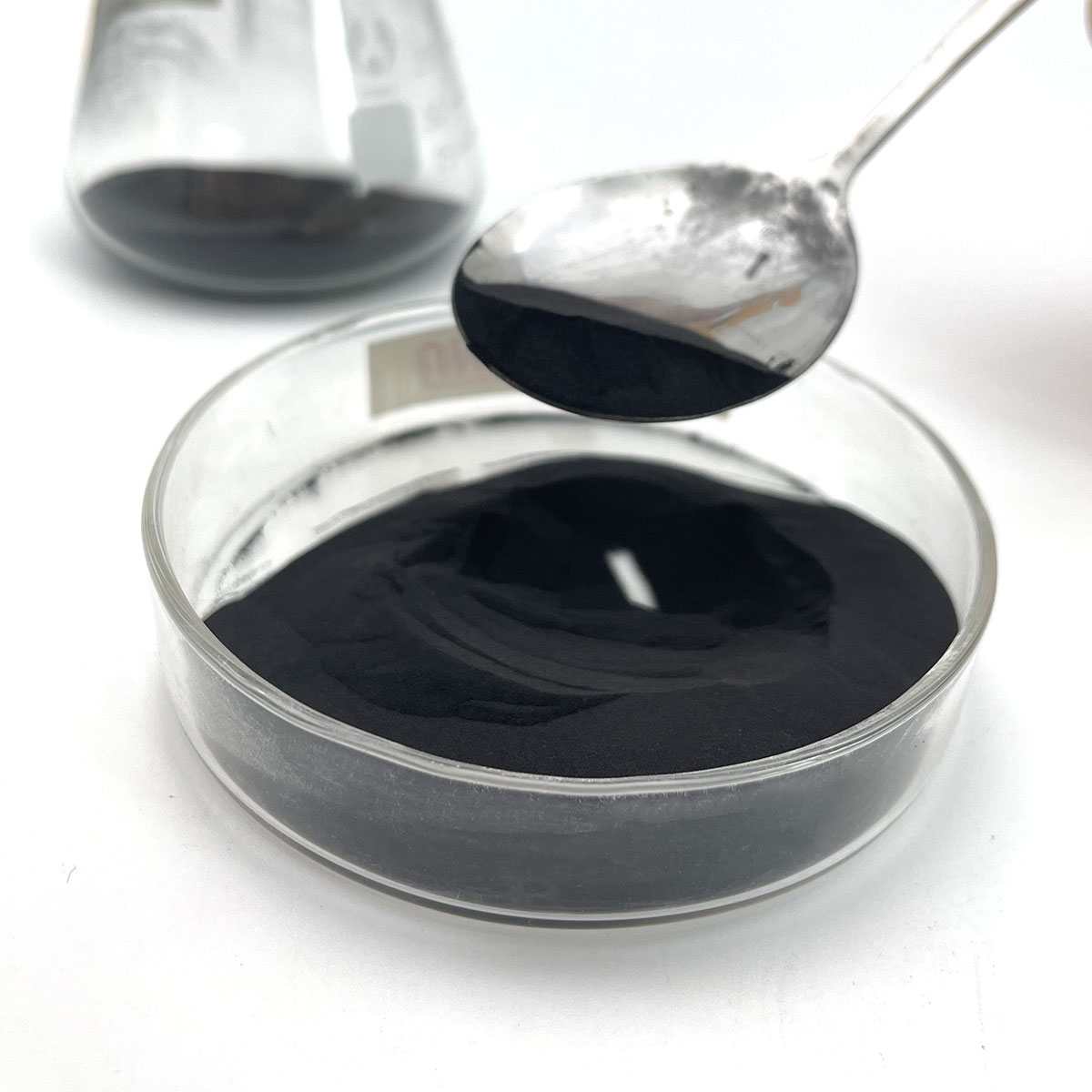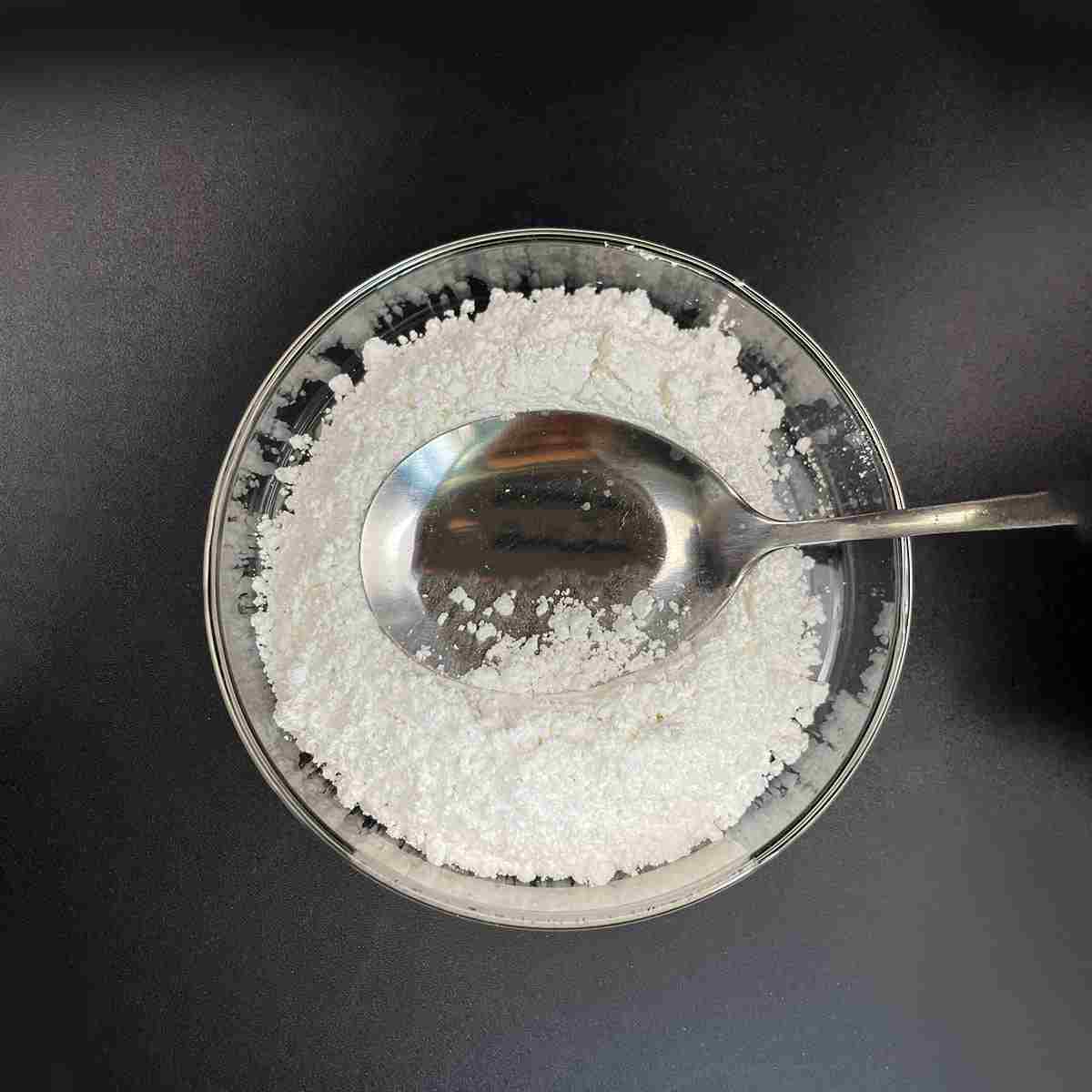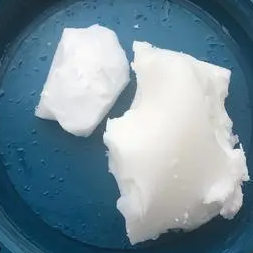Overview of Thermal Spray Micron Mo Molybdenum Metal Powder For Coating
Metal powder is a common form of metal that has been processed into fine particles, ranging from a few micrometers to over 100 microns in diameter. It plays a crucial role in various industrial applications due to its unique properties and versatility.
Features of Thermal Spray Micron Mo Molybdenum Metal Powder For Coating
Physical Characteristics
Particle Size: Ranging from nanometers to hundreds of micrometers, the size distribution significantly influences the powder’s flowability, packing density, and sintering behavior.
Shape: Particles can be spherical, irregular, flake-like, or dendritic, each shape affecting the final product’s mechanical properties and surface finish.
Purity: Depending on the production method, metal powders can achieve high levels of purity, critical for applications like electronics and aerospace where impurities can degrade performance.
Density: While less dense than their solid counterparts due to the presence of air between particles, metal powders can be densely packed during processing to approach the density of the solid metal.
Chemical Properties
Reactivity: Some metal powders, particularly aluminum and titanium, are highly reactive with air and moisture, necessitating careful handling and storage under inert atmospheres or vacuum.
Oxidation: Exposure to air can lead to surface oxidation, forming a passive layer that affects sintering and other processes. This can be managed through surface treatment or use of protective atmospheres.

(Thermal Spray Micron Mo Molybdenum Metal Powder For Coating)
Parameters of Thermal Spray Micron Mo Molybdenum Metal Powder For Coating
Thermal spray micron Mo (Molybdenum) metal powder is a high-performance material used in various industrial applications for coating purposes due to its exceptional properties, such as wear resistance, corrosion prevention, and high-temperature stability. This process involves atomizing and melting the molybdenum powder into fine particles, which are then transferred to a substrate through a thermal spray gun, forming a durable and adherent coating.
The coating parameters for molybdenum thermal spray include several critical factors that ensure optimal performance and adherence:
1. Particle Size Distribution: The powder’s particle size significantly affects the coating’s mechanical properties. A typical range for molybdenum powder is between 45 microns and 120 microns, with a narrow distribution for better uniformity and bonding strength. A balance between small and large particles ensures adequate flow during the spraying process and minimizes porosity.
2. Particle Shape: Regular-shaped particles, such as spherical or near-spherical, promote better flow and adhesion. Poorly shaped particles can lead to defects in the coating. Therefore, particle shaping processes like attrition or milling are often employed to achieve the desired shape.
3. Deposition Angle: The angle at which the powder is sprayed onto the substrate determines the coating’s thickness and density. Generally, an optimal angle of 60 to 75 degrees is used, allowing for even coverage while minimizing energy consumption.
4. Deposition Rate: The rate at which the powder is applied affects the coating’s porosity, bond strength, and overall quality. Higher deposition rates can lead to faster coatings but may result in less dense layers. A controlled deposition rate ensures consistent performance.
5. Gas Composition: During the thermal spraying process, a gas mixture, typically composed of argon, helium, or nitrogen, is used to carry the powder particles. The choice of gas and its ratio to the powder determine the energy transfer and the coating’s microstructure. An appropriate balance ensures efficient melting and adhesion.
6. Temperature: The temperature of the plasma torch or flame is crucial for melting the molybdenum powder and achieving a smooth, dense coating. A temperature range of around 2000°C to 3000°C is common, ensuring complete melting and minimizing oxide formation.
7. Coating Thickness: The desired coating thickness depends on the application’s requirements. It is essential to maintain control over the thickness to achieve the necessary mechanical properties without excessive material usage.
8. Cooling Rate: Rapid cooling after deposition helps to prevent cracking and promotes a hard, wear-resistant surface. The cooling rate should be optimized based on the specific powder and substrate materials.
9. Post-treatment: After spraying, post-processing steps like annealing or heat treatment can enhance the coating’s properties by relieving internal stresses and improving grain structure.
In conclusion, the successful application of thermal spray micron Mo metal powder for coating requires careful consideration of these parameters. By optimizing each aspect, engineers can create high-performance coatings tailored to withstand harsh environments and provide extended service life to various components across industries, including aerospace, automotive, and manufacturing.

(Thermal Spray Micron Mo Molybdenum Metal Powder For Coating)
FAQs of Thermal Spray Micron Mo Molybdenum Metal Powder For Coating
Inquiry us






